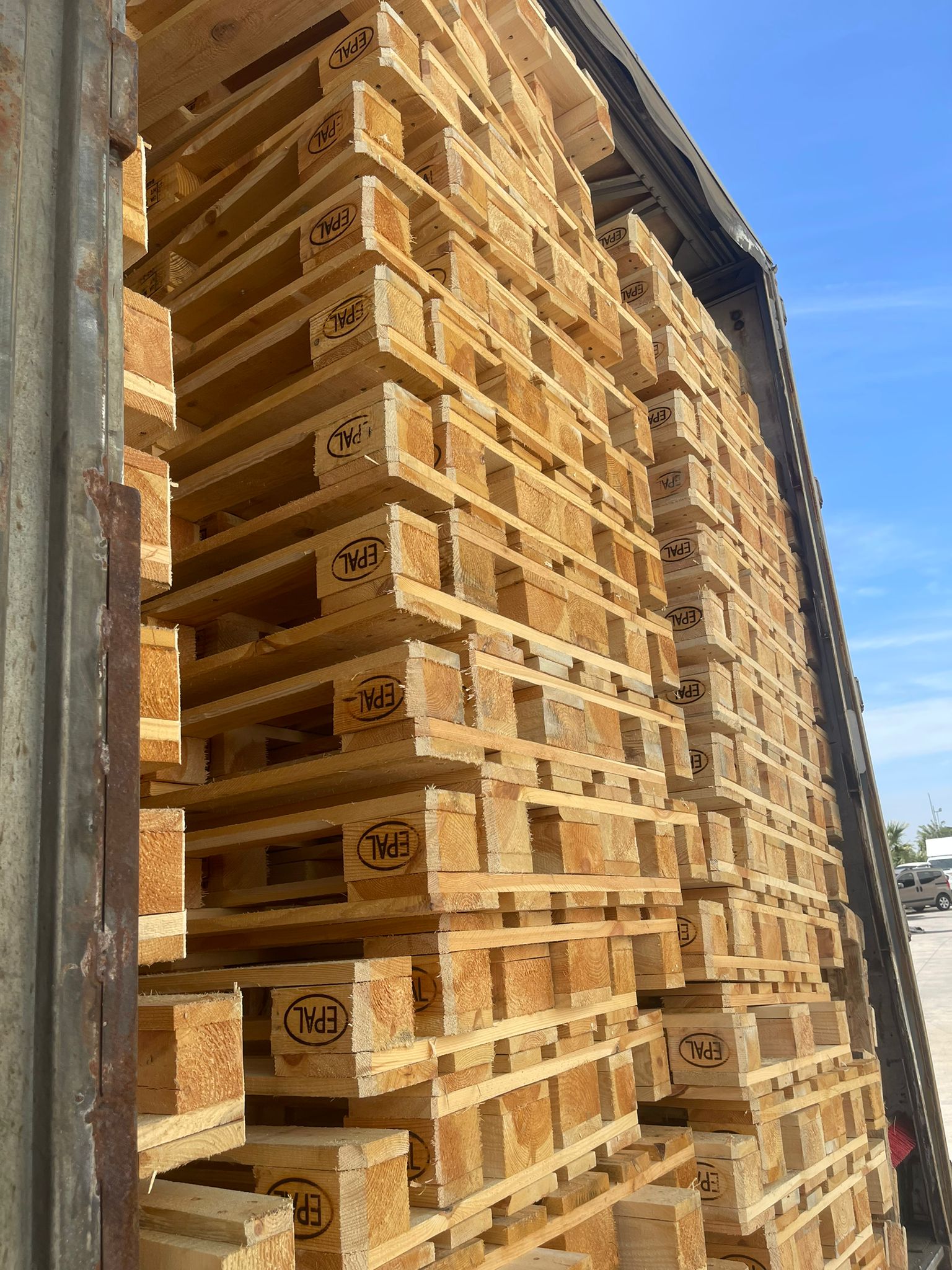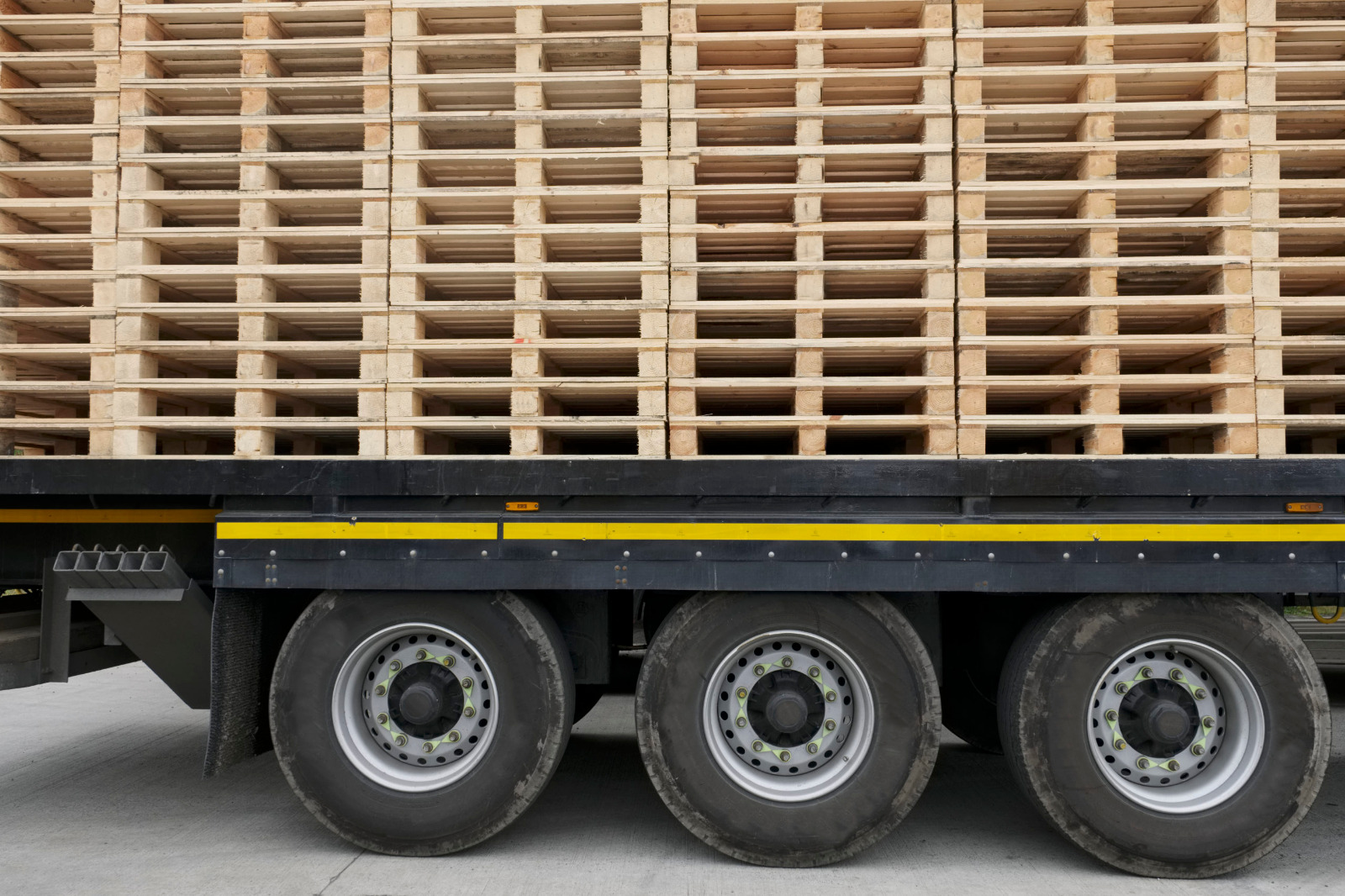In the world of logistics and supply chain management, wooden pallets have long been a staple. These humble platforms, used for the storage and transportation of goods, play a crucial role in the global economy. Despite the rise of alternative materials and technologies, wooden pallets remain a popular choice due to their durability, cost-effectiveness, and environmental benefits. This article delves into the various aspects of wooden pallets, exploring their history, construction, applications, and environmental impact.
History and Evolution
The concept of the wooden pallet dates back to the early 20th century, but its widespread adoption began during World War II. The need for efficient and standardized methods of transporting military supplies led to the development of the modern pallet. By the 1950s, the use of wooden pallets had expanded into commercial and industrial sectors, becoming an integral part of the logistics industry.
Over the years, the design and manufacturing processes of wooden pallets have evolved to meet the demands of a changing market. Innovations in wood treatment, structural engineering, and recycling practices have made wooden pallets more durable, safe, and environmentally friendly.
Construction and Materials
Wooden pallets are typically made from hardwoods like oak, maple, and birch, or softwoods like pine and spruce. The choice of wood depends on the specific requirements of the application, such as weight capacity, moisture resistance, and cost. Here are the key components of a wooden pallet:
- Deck Boards: These are the top and bottom boards that provide a flat surface for stacking and securing goods.
- Stringers: The horizontal beams that connect the deck boards and provide structural support.
- Blocks: Sometimes used in place of stringers, blocks are vertical supports that add stability and allow for easier forklift access.
- Nails and Staples: These fasteners hold the components together, ensuring the pallet remains sturdy during handling and transportation.
The construction of wooden pallets is guided by industry standards, such as those set by the International Organization for Standardization (ISO) and the National Wooden Pallet and Container Association (NWPCA). Adhering to these standards ensures that pallets are safe, reliable, and compatible with various handling equipment.
Applications and Benefits
Wooden pallets are used in a wide range of industries, from manufacturing and retail to food and beverage. Their versatility and adaptability make them suitable for various applications, including:
- Warehousing and Storage: Wooden pallets provide a stable base for stacking goods, making it easier to organize and manage inventory.
- Transportation: They are compatible with forklifts, pallet jacks, and other material handling equipment, facilitating efficient loading and unloading of goods.
- Export and Import: Wooden pallets are often used in international shipping due to their robustness and ability to withstand different climates and handling conditions.
- Agriculture: In the agricultural sector, wooden pallets are used for transporting produce, ensuring that goods remain fresh and undamaged during transit.
The benefits of wooden pallets are numerous:
- Cost-Effective: Wooden pallets are generally less expensive than those made from alternative materials like plastic or metal.
- Durable: Properly constructed wooden pallets can handle heavy loads and withstand rough handling.
- Repairable: Damaged wooden pallets can be easily repaired, extending their lifespan.
- Recyclable: At the end of their life, wooden pallets can be recycled into mulch, wood chips, or biofuel, reducing waste.
Environmental Impact and Sustainability
One of the most significant advantages of wooden pallets is their environmental sustainability. Unlike synthetic materials, wood is a renewable resource. Here are some key points about the environmental impact of wooden pallets:
- Carbon Footprint: Trees absorb carbon dioxide as they grow, making wood a carbon-neutral material. When managed sustainably, forest resources can be replenished, reducing the overall carbon footprint.
- Recycling and Reuse: Wooden pallets can be reused multiple times and are easily recyclable. Many companies have established programs to collect and refurbish used pallets, further minimizing waste.
- Biodegradable: If a wooden pallet cannot be repaired or recycled, it can be composted or used for biomass energy, returning to the natural cycle.
However, the environmental benefits of wooden pallets are contingent on responsible forestry practices. Certified sustainable wood, such as that from Forest Stewardship Council (FSC) or Programme for the Endorsement of Forest Certification (PEFC) sources, ensures that the wood used in pallets is harvested in an environmentally friendly manner.
Challenges and Solutions
While wooden pallets offer many advantages, they are not without challenges. Some common issues include:
- Pests and Fungi: Wood is susceptible to pests and fungi, which can compromise the integrity of the pallet. Treatment with heat, chemicals, or natural methods can mitigate these risks.
- Weight: Wooden pallets are generally heavier than plastic or metal alternatives, which can affect transportation costs.
- Moisture: Exposure to moisture can cause wooden pallets to warp or rot. Proper drying and storage techniques can help prevent these issues.
To address these challenges, the industry has developed several solutions:
- Heat Treatment: This process involves heating the wood to a specific temperature to kill pests and fungi, making the pallets suitable for international shipping.
- Pressure-Treated Wood: This type of wood is treated with preservatives to enhance its resistance to moisture and pests.
- Composite Materials: Some companies use composite materials that combine wood with other substances to improve durability and reduce weight.
FAQs
1. What are the dimensions of a standard wooden pallet?
- The most common dimensions for wooden pallets are 48 inches by 40 inches (1219 mm by 1016 mm), which is known as the GMA (Grocery Manufacturers Association) standard. However, custom sizes are available to meet specific needs.
2. How are wooden pallets treated to prevent pests and fungi?
- Wooden pallets can be treated through heat treatment, chemical treatments, or natural methods. Heat treatment involves raising the core temperature of the wood to 56°C (132.8°F) for at least 30 minutes. Chemical treatments use preservatives to protect the wood, while natural methods may include using wood types that are naturally resistant to pests and fungi.
3. Can wooden pallets be recycled?
- Yes, wooden pallets are highly recyclable. Many companies and organizations have recycling programs that collect, repair, and redistribute used pallets. If a Pallet Distribution is beyond repair, it can be broken down and used for other purposes, such as mulch, wood chips, or biofuel.
4. What are the advantages of using sustainable wood for pallet construction?
- Using sustainable wood, such as FSC or PEFC certified materials, ensures that the wood comes from responsibly managed forests. This helps protect biodiversity, maintain soil health, and reduce deforestation. Additionally, sustainable wood is often of higher quality, leading to more durable and longer-lasting pallets.
5. How do wooden pallets compare to plastic and metal pallets in terms of cost and environmental impact?

- Wooden pallets are typically less expensive than plastic or metal pallets. They also have a lower environmental impact when responsibly sourced and recycled. Plastic and metal pallets can be more durable and lighter, but they are derived from non-renewable resources and can be more difficult to recycle.
Wooden pallets have stood the test of time, proving their value in logistics and supply chain management. Their cost-effectiveness, durability, and environmental sustainability make them a preferred choice for many industries. While challenges such as pest and moisture resistance exist, modern treatment and recycling methods have significantly improved the performance and lifespan of wooden pallets. As the world continues to prioritize sustainable practices, the role of wooden pallets in reducing waste and minimizing environmental impact is likely to become even more prominent.
By understanding the history, construction, applications, and environmental impact of wooden pallets, businesses can make informed decisions that benefit both their operations and the planet. Whether for warehousing, transportation, or international shipping, wooden pallets remain a reliable and eco-friendly solution in the modern logistics landscape.














